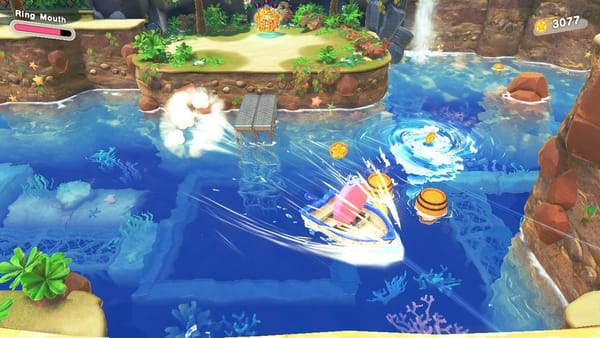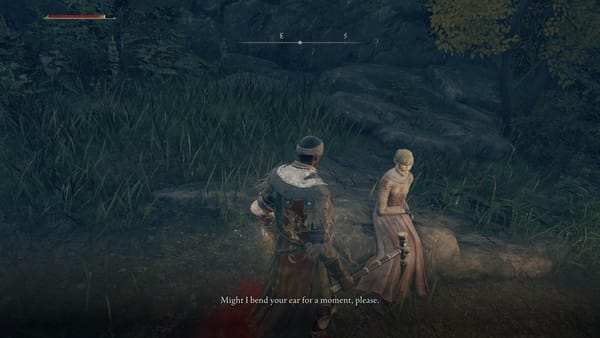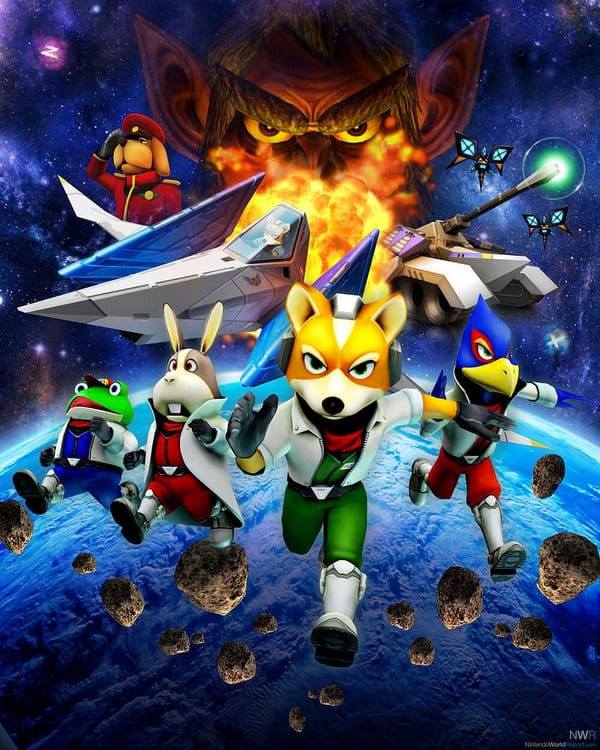Tackling the Backlog, Issue 3 — March ‘23
Visiting Summer Camp and a Re-imagined Kanto region
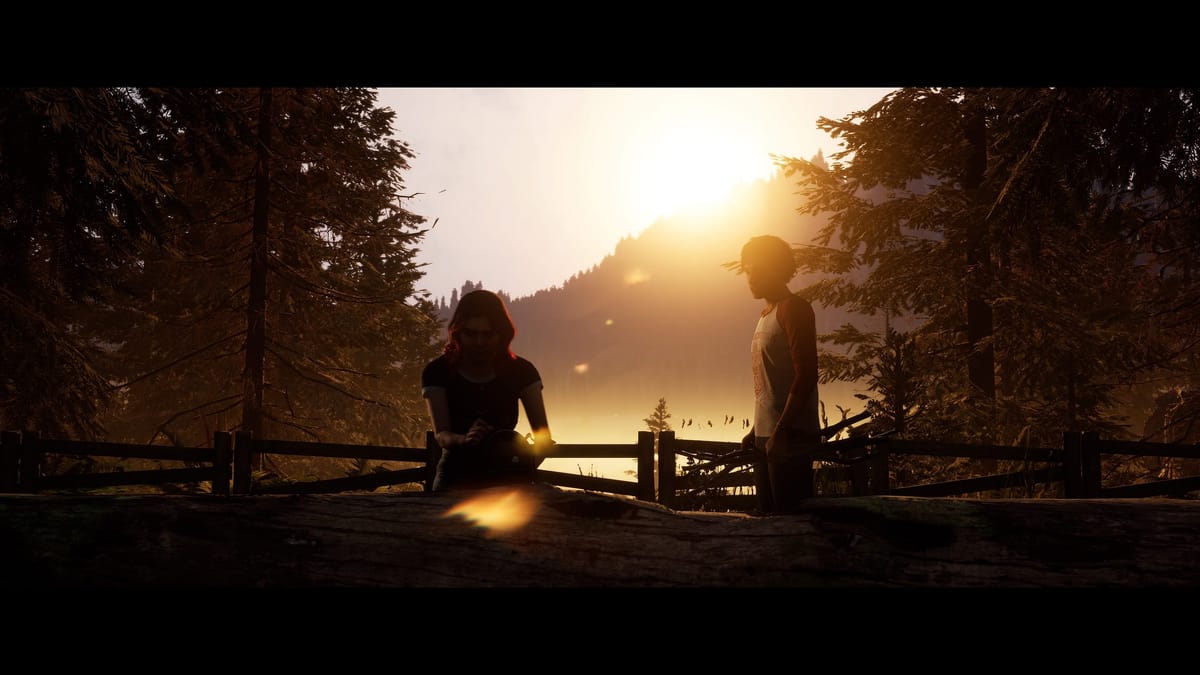
Welcome to issue three of Tackling the Backlog! It’s the third month of our journey, and the beginning of Spring, which also means the beginning of new experiences. March was an interesting month, with my final Spring Break not being as full of games as I had anticipated. The Quarry let me divulge further into my taste for stereotypical horror films in the classic Supermassive Games style. Pokemon Infinite Fusions was probably the most interesting run of a Pokemon game I’ve ever played through, especially since I played it as a blind Soul-Linked Nuzlocke.
“What Doesn’t Kill You Will Make You Stronger.”
Supermassive Games is known for its horror games that draw on the classic slasher film formula — a group of teens out in the middle of the woods for a weekend of debauchery, flirting, losing their clothes, and eventually being found and killed by the mysterious masked murderer who has been roaming those very same woods for years. Until Dawn was the breakout entry in this style of game with an empasis on multiple endings depending on who survives when the game rolls credits. While Supermassive Games took a slight shift from the slasher film style with The Dark Pictures Anthology taking broader strokes, The Quarry brings it back in a way that’s just as satisfying as the first time.
From a gameplay perspective, things have been more optimized than changed compared to The Quarry’s predecessors. QTEs have been given a larger range of accessibility, forcing the player to wait an extra second rather than immediately move with the prompt on the screen. Where Until Dawn had the player hold the controller still as a way for the character to hold their breath while they hide, The Quarry simply has the player hold down a button. These and other gameplay changes can all be changed in the settings of the game, giving the player the choice of treating the game solely like a movie or having a much more interactive experience. The game also has the couch co-op mode that was implemented in The Dark Pictures Anthology adding to the experience and depth of multiple playthroughs. This was also how I played the game, and how only two of my camp counselors made it to the end.
The atmosphere of the game hits the summer camp nail on the head. The early parts of the game are wide and beautiful with an emphasis on the end of summer. Gone are the days of managing kids every day, sleeping in cabins, and month-long romances that could never survive the real world. The sun setting behind the trees accompanied by acoustic guitar and the final conversations that lead up to a potential goodbye to the people you’ve spent the past three months with are all hit perfectly. As the narrative shifts into dire straits for the cast, the environment is still utilized extremely well. The night is dark and dim with creatures that move as shadows, and the cast of this game takes the extra step to not be as campy as Until Dawn. Characters here feel more three-dimensional rather than being bound to their binary choices. Each character has appropriate time in the spotlight, and the end goal of this game isn’t based solely on the campers surviving, but also the NPCs that are suffering through the same night. I found myself fond of Jacob and Kaitlyn, their back-and-forth banter is funny, and Kaitlyn being this game’s version of Sam from Until Dawn makes her extremely likable with her headstrong and independent nature.
What I love about games like this is that they have so much room to be replayed again with a brand-new experience each time, and with so many people. I’m not sure what Supermassive has planned next, but here’s to hoping they maintain the consistency that they’ve developed for themselves.
“What if we Fused Pikachu with Pikachu?”
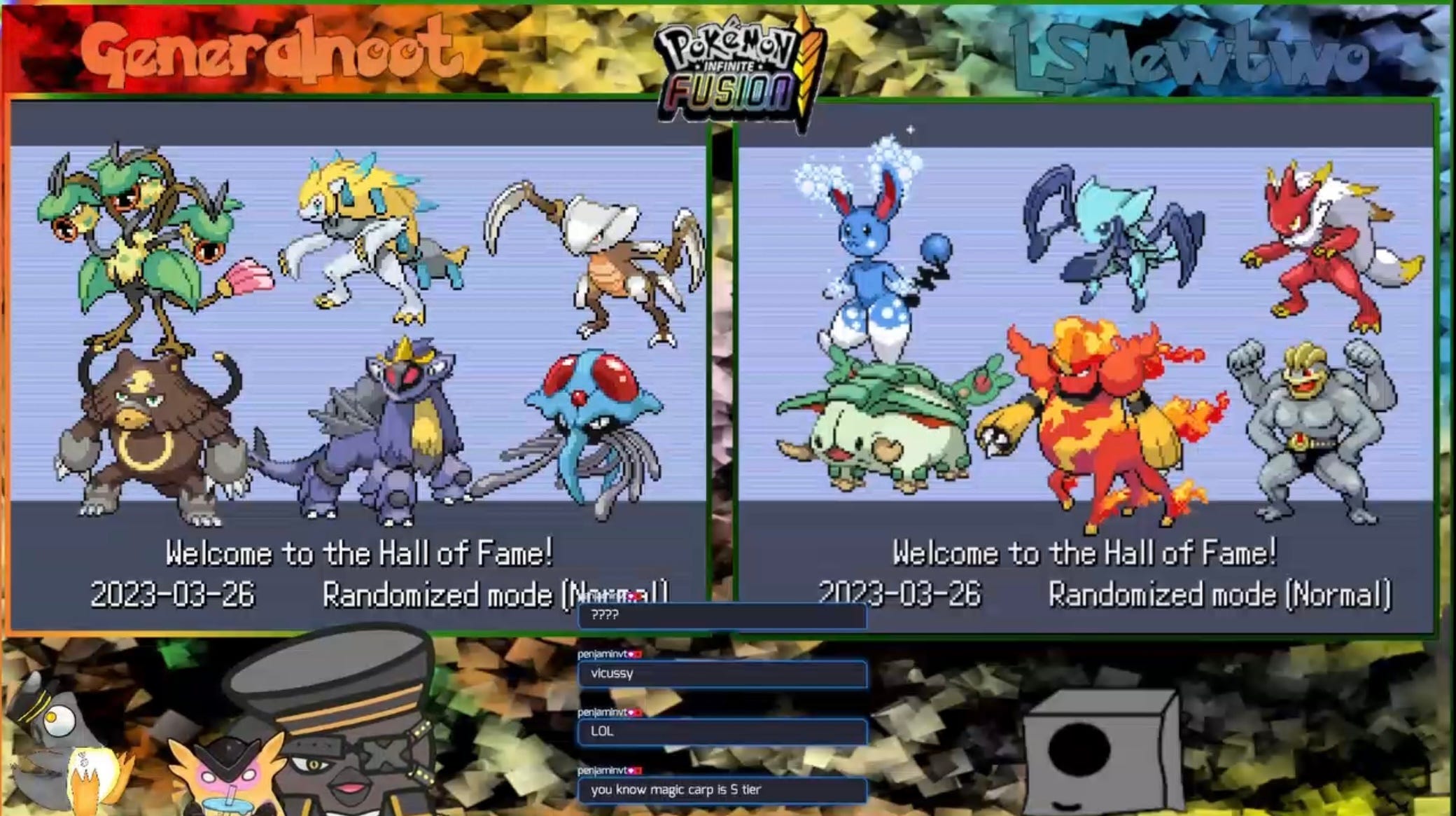
Pokémon Infinite Fusions is, believe it or not, the first Pokémon fan game I’ve ever played. Better yet, I played it as a Soul-Linked Randomized Nuzlocke with a close friend of mine. He streamed both of our perspectives of the playthrough on his Twitch channel here.
What made this playthrough so fun initially was the fusion mechanic. Every Pokémon available can fuse with any other Pokémon in the game, combining and averaging their stats and movesets, letting the player pick between abilities, and altering their types. After getting into the technical aspects of fusion, joint team building became much more interesting. Creating a balanced team between the both of us became a challenge because of how much we wanted to try using our brand-new Pokémon. The game also has some custom sprites that make the fusions look cleaner rather than putting them through a generator, but I had fun using my imagination trying to see them as creatures akin to Princess Mononoke’s Shishigami.
The Soul-Link aspect of this playthrough made it much more exciting and stressful. Since I was playing with a partner our teams relied on what we both needed going ahead. We only randomized the potential encounters we could get to have a truer experience in terms of difficulty and what the developers made for the intended experience. Aside from fusion, the game adds many other great gameplay features like limiting the amount of Pokémon the player can bring into battle up until a certain point, having more thought-out movesets that make battles more intense, an abundance of gift Pokémon to boost fusion variability, and the inclusion of the Johto region as post-game content.
My gripes with this fan game are few and far. Aside from some minor bugs that don’t appear very often, the boss fight against ZapMoltCuno, a fusion of the legendary birds that acted as a 1 vs 3 battle with only one universal weakness, was an extremely steep difficulty curve that forced us to shift the rules a bit so that we could continue to progress. Some battle items like the weather stones were locked behind either RNG or just not included in the game at all, and the game’s wiki and Discord server were hardly any help when I was trying to investigate where to find a number of items. While I had an extremely frustrating time and voiced my gripes, I appreciate the general difficulty. With the idea of my own playthrough in the future, I feel like preparing for a seemingly insurmountable boss sounds fun. We have only just set foot into the Johto region, but it feels like a bit of an afterthought rather than something full and fleshed out like Kanto. Perhaps this will change as we spend more time in the post-game, but for now, after 3 badges it leaves more to be desired. Regardless, I look forward to continuing the playthrough throughout the summer.
As is the standard of all these articles, here are the memories I forged with March’s games:
- The Quarry was another game I played with my girlfriend as a way to get her more into my hobbies. She controlled Emma, and in a part of the game walks around on a small island alone at night. In the cabin on the island, a monster is heard running around behind a locked door and she had the choice to open a duffel bag or open the door. She opened the door, killing Emma, because she thought the game was trying to use reverse psychology.
- Fusing Sunflora and Donphan, resulting in a flat-faced green Torterra knockoff that I imagined as a grass beast with a weird mask. Donphan doesn’t get a ton of love with base fusion sprites from what I’ve gathered.
- Infinite Fusions was a chance for me to use a large amount of Pokemon I’ve never used in a playthrough before — Donphan, Sunkern, Jirachi, Magmortar, Glaceon, Charizard, the list goes on.
- Fighting Koga’s redesigned gym battle and getting stalled out by a gym leader for the first time ever. God was this annoying.
- The various times where in Infinite Fusions I would complain about not wanting to lose anything, and then lose a pair because of my own mistake.
Apologies for the late release. My (almost) final semester of college has caught up with me, and April’s games are still up in the air. Here’s to a strong end of the season.
